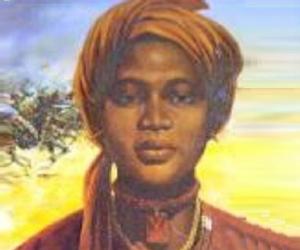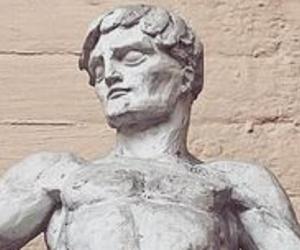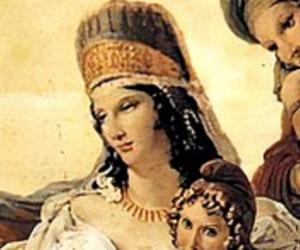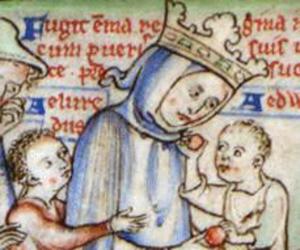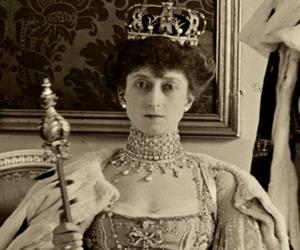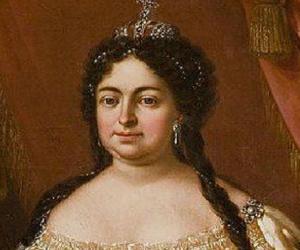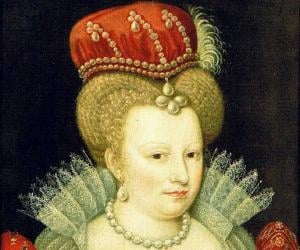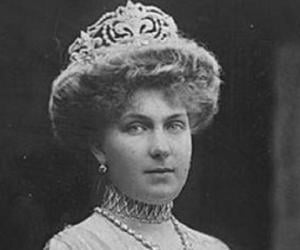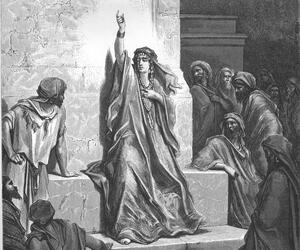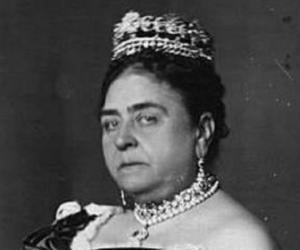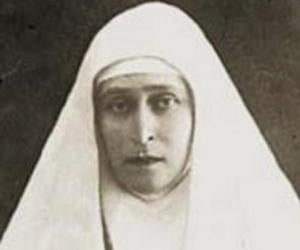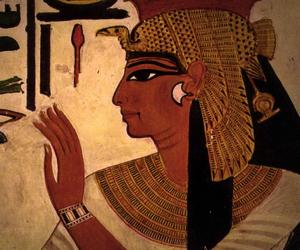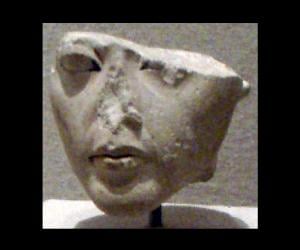Quick Facts
Also Known As: Queen Aminatu, Amina Mohamud, Amina
Died At Age: 77
Family:
father: Nikatau
mother: Bakwa Turunku
Born Country: Nigeria
Empresses & Queens Nigerian Women
Died on: 1610
Childhood & Early Years
According to a few available sources, Hausa Queen Amina was born in 1533 in Zazzau, a city state in the Kingdom of Hausa, located somewhere between the Niger River and Lake Chad in the modern-day Nigeria. She was the eldest child of King Nikatau and Queen Bakwa Turunku.
Born during the reign of her grandfather, King Sarkin Nohir, she had two known siblings, a younger brother named Karama and a sister named Zaria. From the beginning, she was her grandfather’s favorite; he took her around the court, instructing her on both political and military matters.
Possibly in 1549, when Amina was sixteen years old, her mother Queen Bakwa Turunku (according some sources, her father King Nikatau) inherited the throne. Shortly after that, Amina was declared the heir apparent or ‘Magajiya’ and was inducted in the ruling cabinet. She was also presented with forty female slaves.
Queen Bakwa Turunku was a powerful ruler under whose guidance Amina became efficient in political affairs. Concurrently, she received training in warfare. However, on the queen’s death in 1566, Amina’s younger brother Karama was made the king.
Immediately on assuming power, King Karama set out on expanding his territory, waging wars against states around Zazzau, four of which were led by Princess Amina. Very soon, she acquired fame as a great warrior and established herself as the head of the Zazzau cavalry.
Accession & Reign
In 1576, King Karama passed away. By then, Princess Amina had acquired the reputation of being a great warrior and was chosen as the next ruler.
Proficient in tanning, weaving, and metalwork, the people of Zazzau often set out on long journeys, selling their wares across the Sahara region, in the course of which they were frequently killed or captured. Therefore, her first task was to ensure their safety from both robbers and slave traders.
Shortly after ascending the throne, Queen Amina gave a call to her subjects, asking them to sharpen their weapons. To protect her people, she also built mud walls around her city.
Within three months, she gathered an army of 20,000 foot soldiers and one thousand cavalry troops and set out on her first expedition. Those soldiers were not only highly trained, but very fearsome as well. Their conquests made Zazzau the most powerful city state of the region.
Continuing to take one city after another, she eventually captured a large tract of land. In time, her domain spread to as far as Kwararafa in the north and Nupe in the south. Concurrently, she also created new trade routes throughout northern Africa, connecting western Sudan with Egypt and Mali.
Just as she built “ganuwar” or walls around Zazzau, she also set out to fortify the areas around the newly acquired cities, thus marking and protecting them from invaders. In return, she collected eunuchs, male slaves, and kola nuts as tributes.
Queen Amina ruled for 34 years, spending the entire period fighting wars and expanding her territories. In the process, she not only established her dominance over a large tract of land, but also brought in massive wealth, making her city the center of trade and commerce.
Major Works
Hausa Queen Amina is best remembered for the fortification walls she built not only around Zazzau, but also around all the cities she conquered, providing both physical and psychological protection to her subjects. Part of the fortification, known as “ganuwar Amina,” stands till today.
According to some historians, it was Queen Amina who introduced metal armor like iron helmets and chain mail as protection against enemies. Although some others give the credit for the same to neighboring Hausa King Sarkin Kanajeji, given the proficiency of Zazzau artisans in metalwork, it is more likely to be the former.
Personal Life & Legacy
Although Queen Amina had numerous suitors, she never showed any interest in them and never got married. Instead, she took a new lover from every city she conquered, spending one night with him and then having him killed in the morning.
According to some sources, Hausa Queen Amina died in 1610, in a place called Atagara, located near present day Idah, Nigeria. However, the exact circumstances of her death are not known.
Parts of “ganuwar Amina” (Amina’s walls) carry on her legacy even to the present day. Although most parts of the earthen walls have been destroyed, a few long stretches remain erected, reminding us of her statesmanship.
“The Queen Amina Statue,” first erected in 1975 at the entrance of the National Arts Theatre in Lagos, Nigeria, also remind us of her legacy. Destroyed in 2005, the statue was rebuilt in 2014.
See more:


